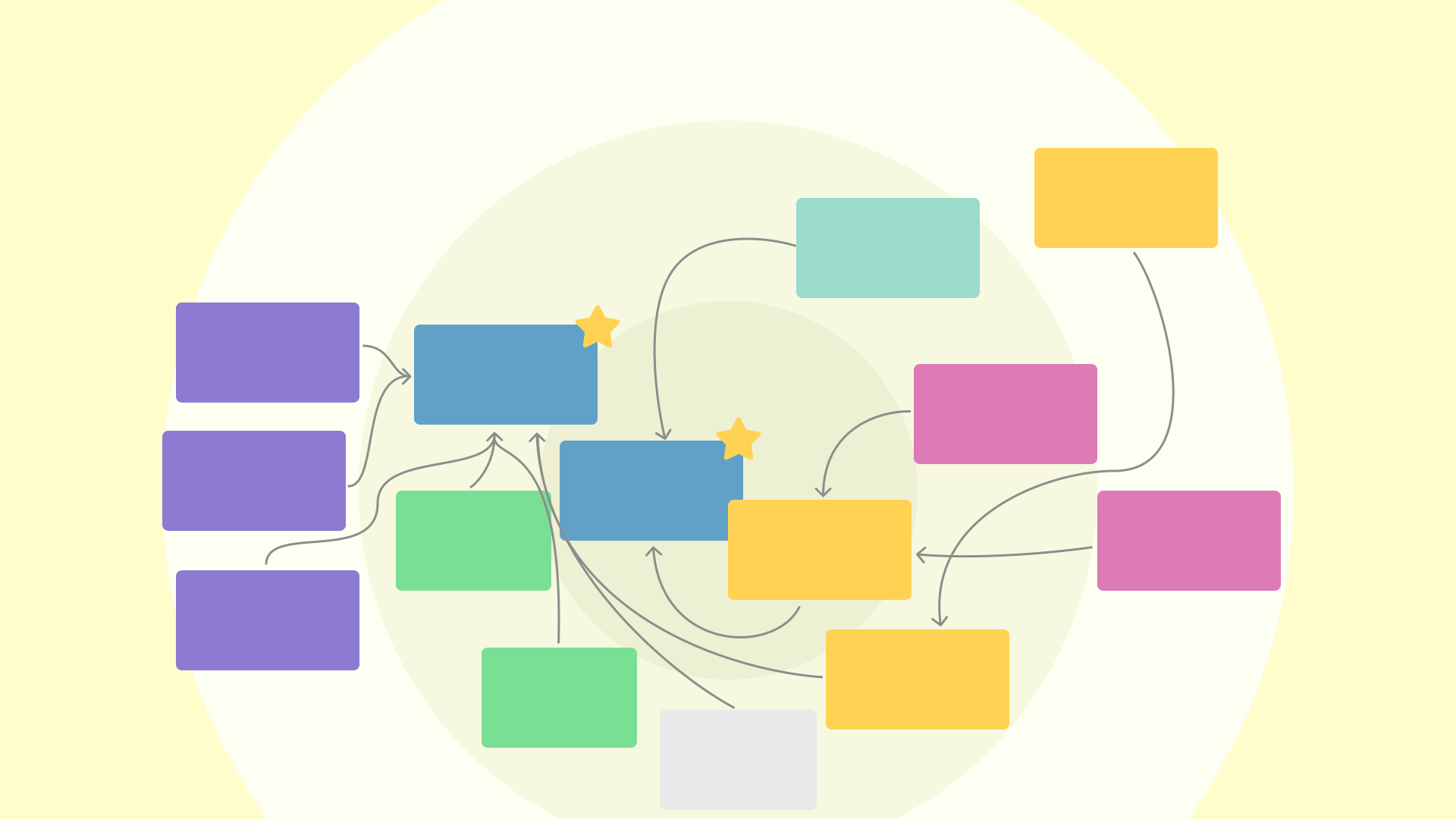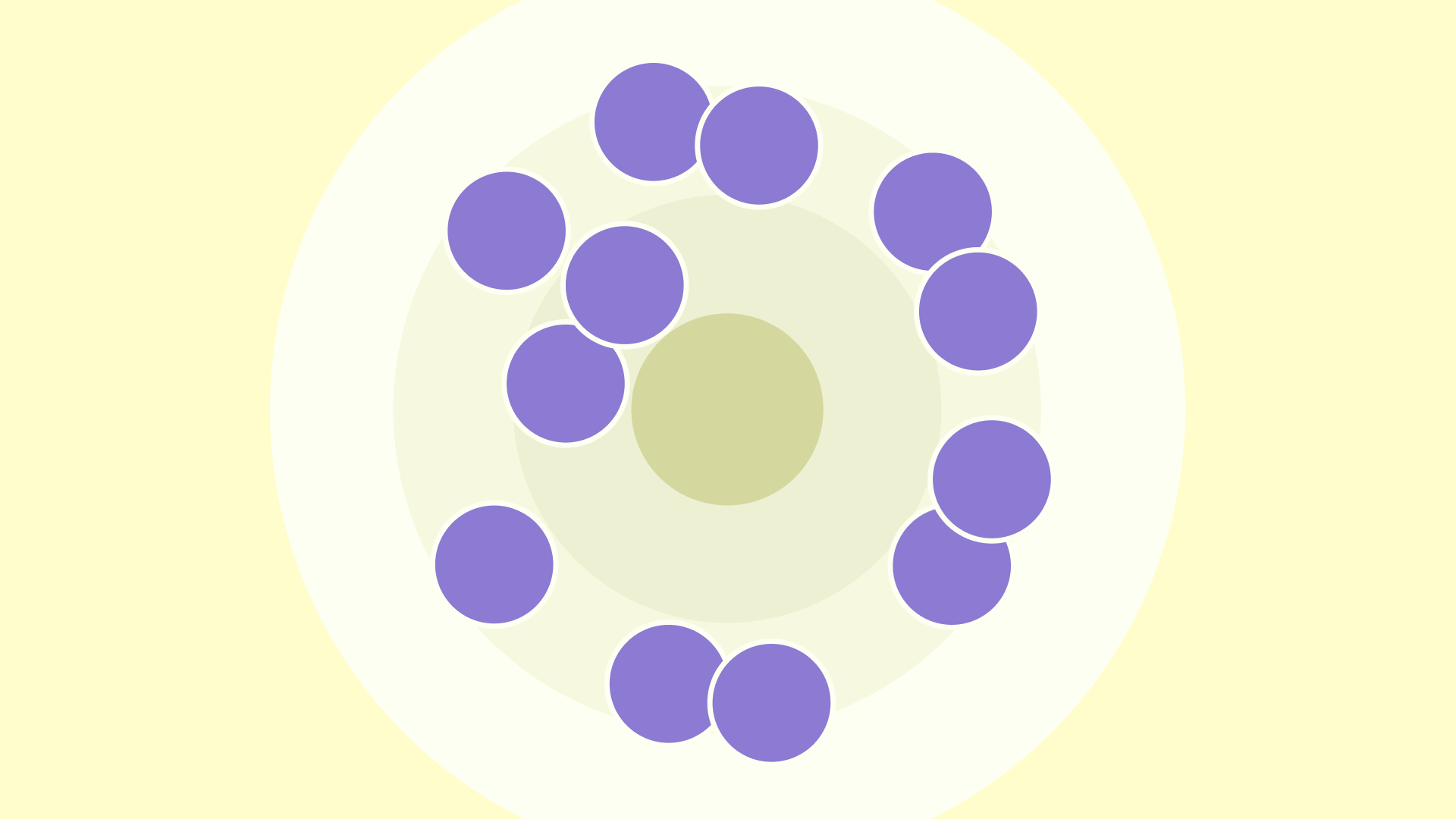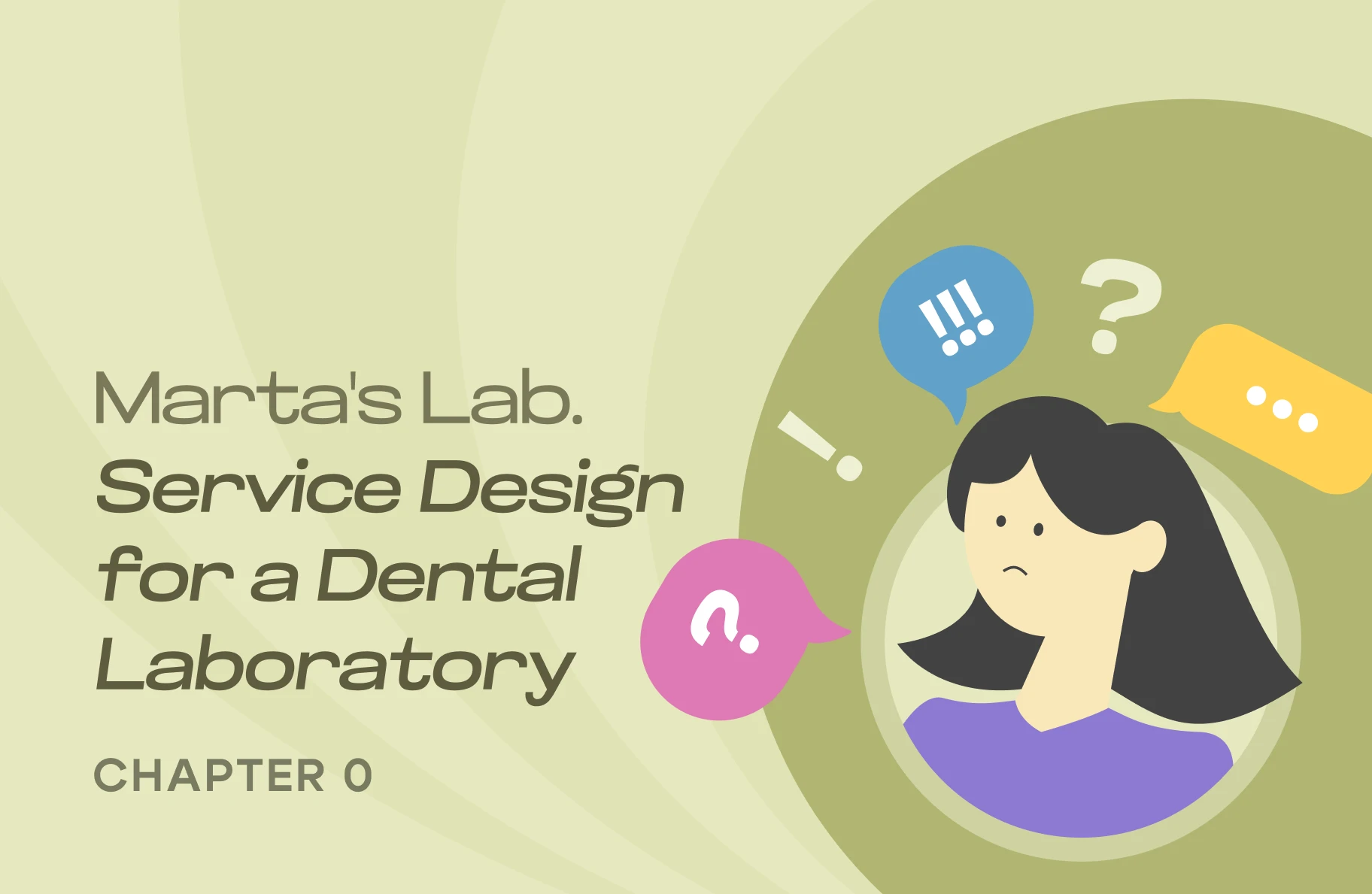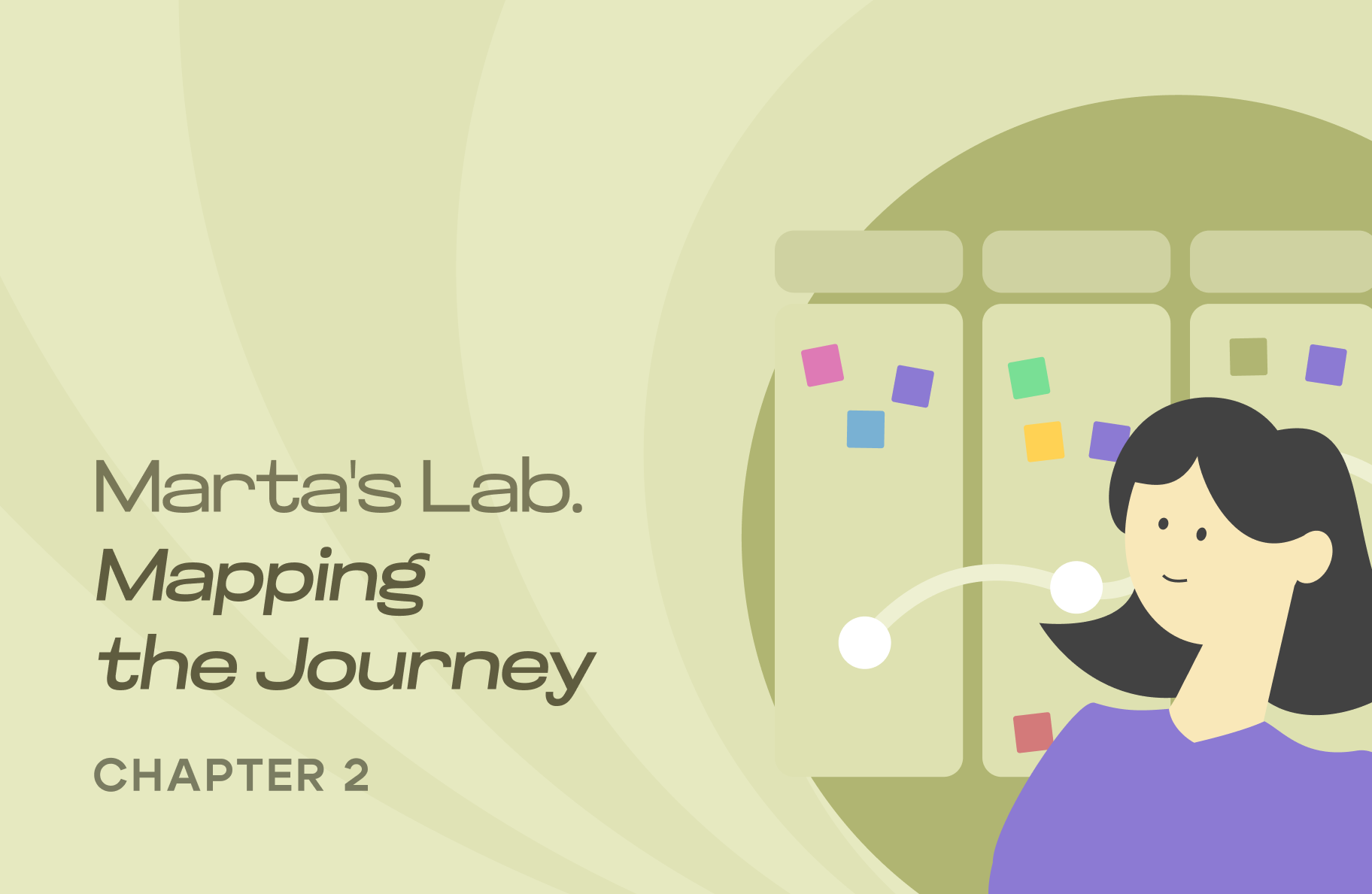
Welcome to the first chapter of Marta’s journey — a story about the power of service design.
Marta, the owner of a busy dental lab, faces challenges that many businesses can relate to:
- juggling growing client demands,
- navigating operational inefficiencies,
- and striving to stand out in a competitive market.
But what happens when she decides to rethink her business, not from the perspective of what the lab produces but from how it serves?
In this multi-part series, we’ll follow Marta as she embarks on a journey of discovery, learning to see her lab through the eyes of her clients and team. Along the way, she’ll uncover powerful tools like ecosystem mapping, journey mapping and service blueprints that will reshape not only her processes but also her relationships with clients.
In this chapter, we explore how Marta took her first steps toward reimagining her lab’s future by assembling a service design team. Guided by Levi, an experienced service design expert, Marta embraced the power of collaboration and co-creation, recognizing that meaningful change starts with aligning her team around a shared vision.
From connecting technicians, coordinators, and support staff to uncovering insights about their daily struggles and ambitions, this chapter is about laying the groundwork for transformation. You’ll see how Marta and her team began to break silos, foster open communication, and redefine what success looks like — together.
Join us as we delve into the early moments of Marta’s journey, where trust was built, voices were heard, and a new mindset began to take shape.
The Journey Begins
The buzz of the lab felt familiar yet overwhelming as Marta sat at her desk, staring at a growing list of overdue tasks. For months, she had struggled to juggle the day-to-day demands of running the business while grappling with the nagging feeling that her lab was falling behind. She knew something had to change. The realization wasn’t new — what was new was her resolve to act on it.
That’s when Marta made the call.
“Service design?” her assistant had asked, eyebrows raised, when Marta shared the idea. It wasn’t a term anyone at the lab had heard before. For Marta, it was still a bit of a mystery too. But the promise it held — a way to solve the lab’s problems holistically and collaboratively — felt like exactly what they needed.
Two weeks later, Marta sat across from Levi, a service design expert, in the lab’s small conference room. Levi was sharp-eyed and brimming with energy, armed with a laptop, a notepad, and a stack of sticky notes.
Levi
Service design isn’t about me telling you what to fix. It’s about working together, involving your team, and co-creating solutions that will work for everyone — your staff, your clients, and their patients.
Marta felt a mix of relief and nervous anticipation. This wasn’t going to be a quick fix, but for the first time in months, she felt like she wasn’t facing it alone.
Building the Team
The first step, Levi explained, was to form a dedicated service design team inside the lab. Marta hesitated. With a packed production schedule and stretched resources, pulling people away from their tasks seemed impossible.
Levi reassured her.
Levi
We’re not pulling them away permanently. Think of it as investing in your future. The people who know the work best are the ones who will help shape how it’s done better.
Together, they decided the team would include a mix of roles:
- Jamaal, the senior technician who had been with the lab for over 15 years and knew the production process inside and out.
- Tom, a delivery coordinator who often fielded frustrated calls from clients about late or missing orders.
- Isabel, a customer service representative who had built close relationships with several dentists and could speak to their frustrations.
- Marta herself, as the owner and decision-maker.
By the end of the week, Marta had rallied her small team for their first meeting. The mix of curiosity and skepticism in their faces was palpable.
Marta
I know this might feel like one more thing on your plate. But this isn’t about adding work — it’s about finding ways to make our work better, easier, and more meaningful. Together.
Laying the Groundwork
Levi guided the team through their first exercise: mapping out the lab’s ecosystem. This wasn’t just about employees; it was about everyone and everything connected to the lab’s processes — dentists, technicians, patients, delivery services, software systems, and even external partners like suppliers.
Levi
It’s not just what happens here in the lab. It’s about understanding the broader system we’re part of — how our work impacts others and how their actions, in turn, shape what we do.
As connections emerged, the team began to see the bigger picture.
- Dentists depended on timely, accurate deliveries to keep their practices running smoothly.
- Technicians relied on complete, detailed orders to avoid costly errors or rework.
- Patients, though unaware of the lab’s existence, counted on high-quality restorations for their health and confidence.
- Delivery partners played a crucial role in bridging the gap between the lab and the clinics.
- Software tools, often taken for granted, could either streamline workflows or create bottlenecks.
The exercise sparked new insights.
Tom
I never realized how much we rely on the dentist’s staff to give us the right information. And when the order details are incomplete or unclear, it creates chaos on our end.
Levi
What about the systems we use? What happens when they fail or don’t integrate well with others?
Marta
This map is more than just a visual. It’s a reminder that our work doesn’t exist in a bubble. Every interaction, every process, every system is part of something larger. If we want to improve, we need to think about all these connections.
By the end of the exercise, the whiteboard was a vibrant mosaic of sticky notes and arrows, each representing an opportunity to make the lab’s ecosystem more cohesive and resilient.
A Shared Vision
The team had sketched out their first rough idea of what success could look like: a lab where communication was seamless, processes were efficient, and everyone — clients and staff — felt valued and supported.
Levi
We have a long way to go. But this is the first step: getting on the same page. From here, we can start mapping the customer journey, identifying pain points, and building the systems that will take you there.
As the team dispersed, Marta lingered in the conference room, staring at the notes and diagrams they’d created together. For the first time in a long while, she felt something she hadn’t expected.
Hope.
Next Up
With her service design team in place, Marta is ready to tackle the next step in her transformation: understanding the customer journey. Join us in the next chapter as Marta and her team dive into the world of customer insights.




